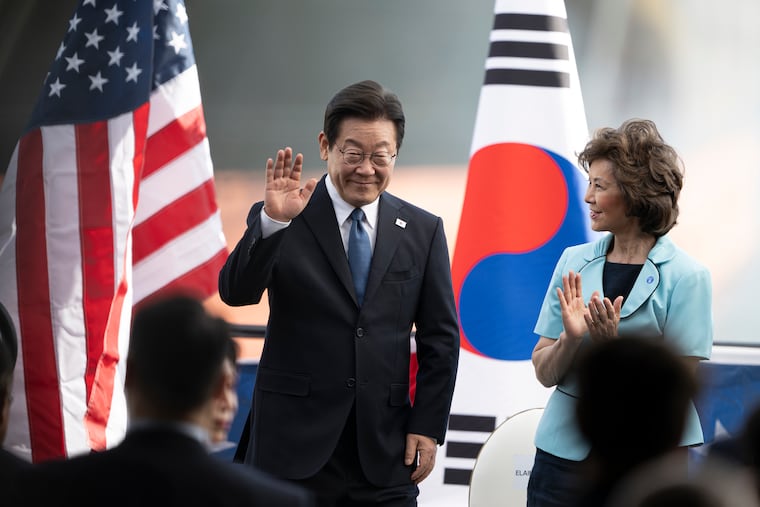India and Pakistan escalate missile development amid growing tensions, with China’s military advancements also becoming a focal point.

Islamabad, Pakistan – On August 20, India successfully conducted a test of the Agni-V, its intermediate-range ballistic missile, from a test range located in Odisha along the eastern coastline of the Bay of Bengal. This missile, named Agni-V which means “fire” in Sanskrit, measures 17.5 meters in length and weighs 50,000 kilograms, with the capacity to carry payloads exceeding 1,000 kilograms, whether nuclear or conventional. Renowned for its exceptional performance, the Agni-V can travel over 5,000 kilometers while achieving hypersonic speeds approaching 30,000 kilometers per hour, making it one of the fastest ballistic missiles globally.
This test comes soon after Pakistan announced the establishment of a new Army Rocket Force Command (ARFC), a strategic decision perceived by experts as an effort to address vulnerabilities highlighted by India’s capabilities during their recent, short-lived military conflict in May. While this development is noteworthy, analysts suggest the Indian missile test serves a broader purpose, possibly signaling a shift in dynamics with China, another neighboring state.
The Agni-V’s extensive range places a considerable portion of Asia, including key areas in northern China, and parts of Europe, within its scope. This successful test marks the tenth for the Agni missile program since 2012 and its first since March of the previous year. The timing coinciding with Indian Prime Minister Narendra Modi’s participation in the upcoming Shanghai Cooperation Organisation (SCO) summit in China suggests a nuanced recalibration of relations following a period of heightened border tensions with Beijing.
Despite the improved dialogue with China, experts indicate that India continues to perceive Beijing as a primary regional challenge. The development of medium and long-range missile capabilities, including the Agni-V, reflects India’s comprehensive security strategy aimed at addressing perceived threats in its immediate and extended neighborhoods.
India’s missile capabilities have seen notable advancements, particularly in light of recent military engagements with Pakistan, during which India acknowledged the loss of an unspecified number of aircraft but reportedly inflicted substantial damage on Pakistani military installations utilizing its high-speed BrahMos cruise missiles. These developments highlight the emerging intricacies within South Asia’s security landscape, characterized by a competitive pursuit of advanced missile systems by both India and Pakistan.
India’s Agni-V is a testament to its strides in developing a credible deterrent, particularly with a range extending to 5,000 kilometers. Experts assert that while theoretically usable against Pakistan, its primary focus is clearly aimed at addressing concerns associated with China’s intimidation in the region.
Highlighting the broader context of the missile race in South Asia, both India and Pakistan have been enhancing their arsenals with an array of new systems to increase their range and capability. For instance, Pakistan recently showcased its Fatah-4 cruise missile, while India is advancing its Agni-VI missile system, which is expected to exceed a range of 10,000 kilometers.
The concerted efforts by both nations to augment their missile capabilities underscore the evolving security dynamics in South Asia amidst a backdrop of international scrutiny, particularly from the United States. Analysts have recognized differing perceptions surrounding the missile programs of India and Pakistan. While the U.S. tends to view India’s advancements as stabilizing in nature, there remains considerable apprehension regarding Pakistan’s missile ambitions, which are seen as a response to India’s expanding defense capabilities.
As regional tensions continue to unfold, the trajectory of missile development initiatives in both countries may significantly influence the geopolitical landscape of South Asia. In this ever-evolving context, the interplay between defense strategy, regional diplomacy, and international relations remains critical in assessing the implications for peace and stability in the region.
#MiddleEastNews #PoliticsNews






